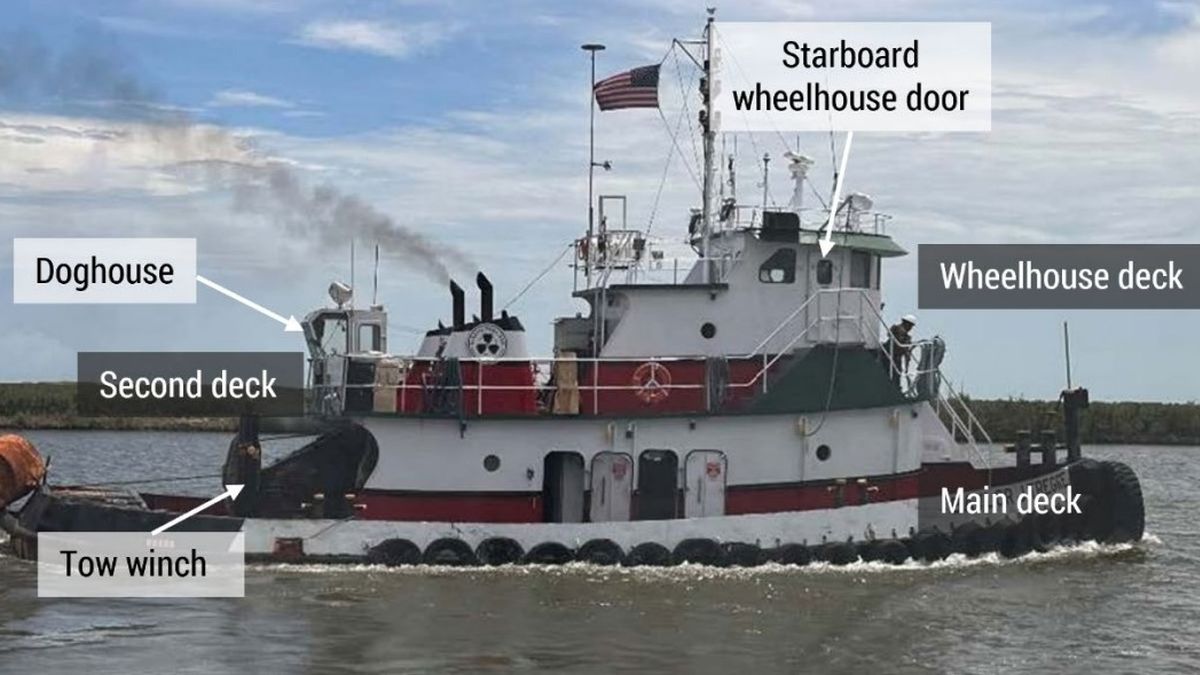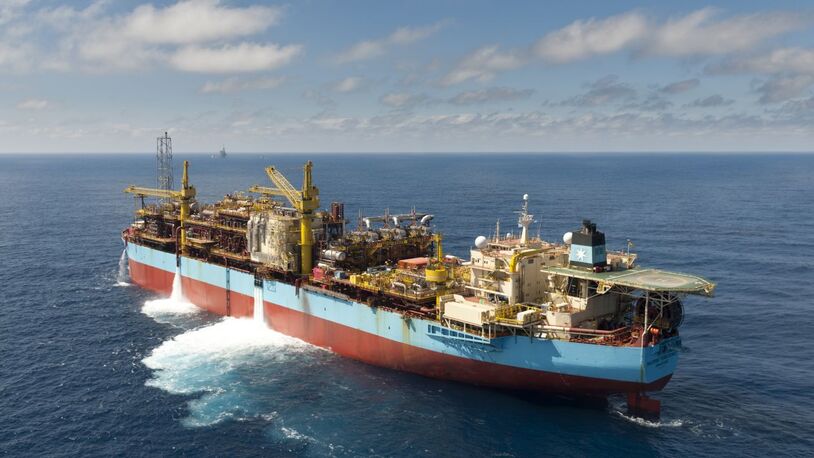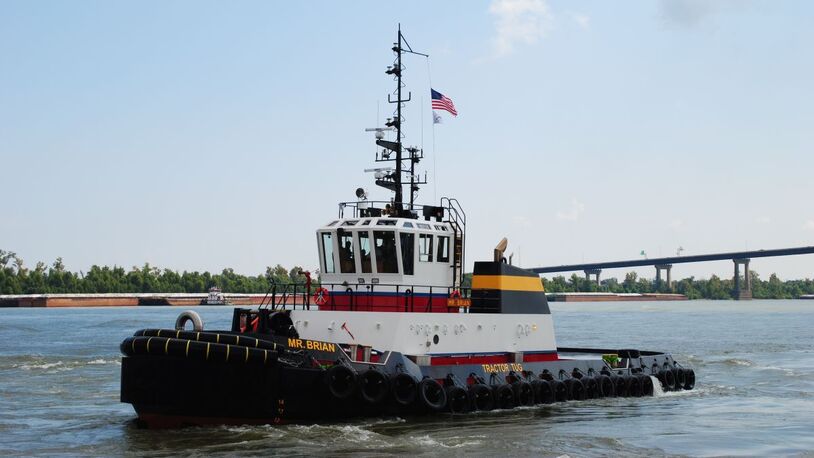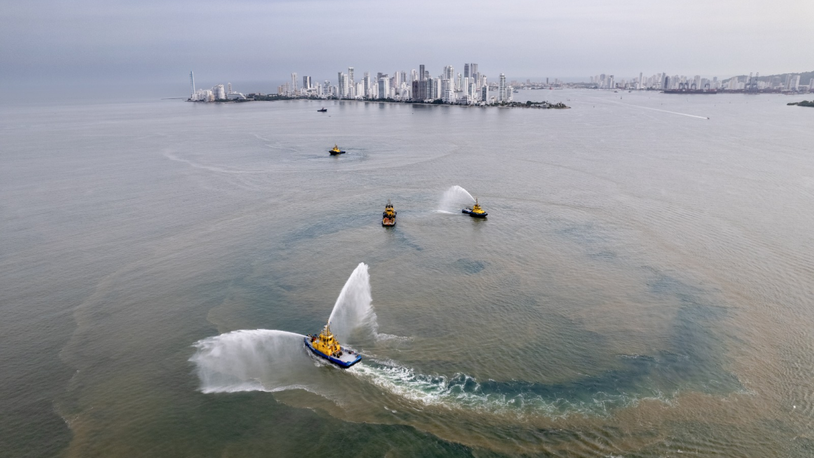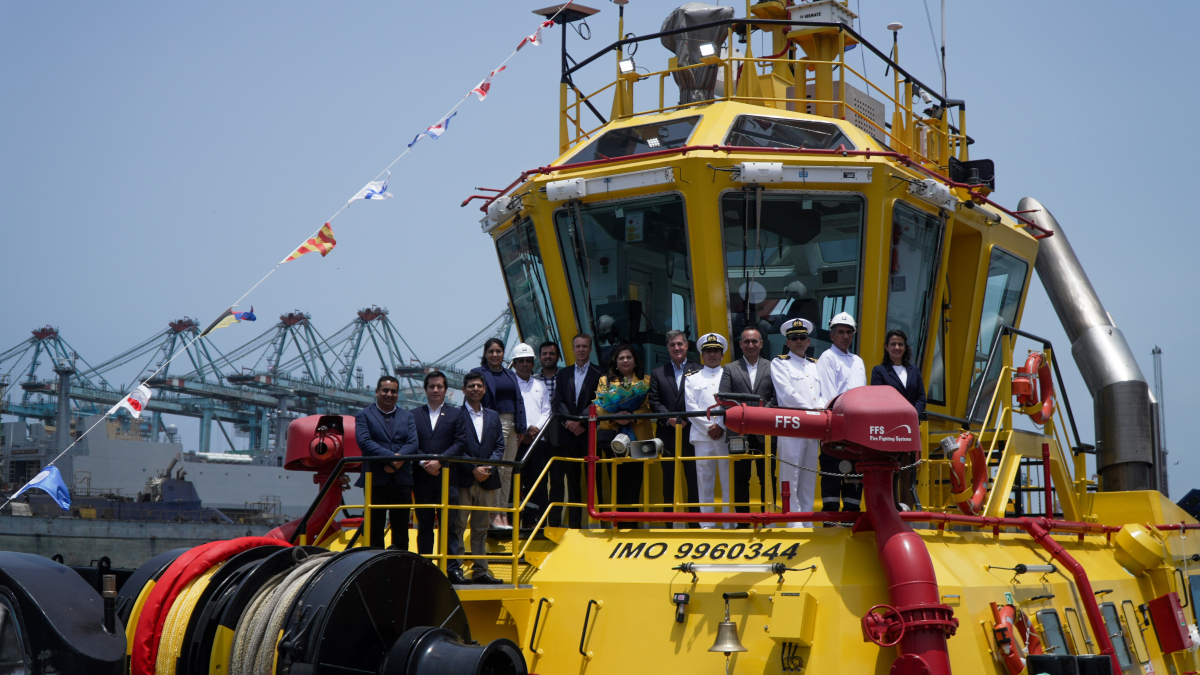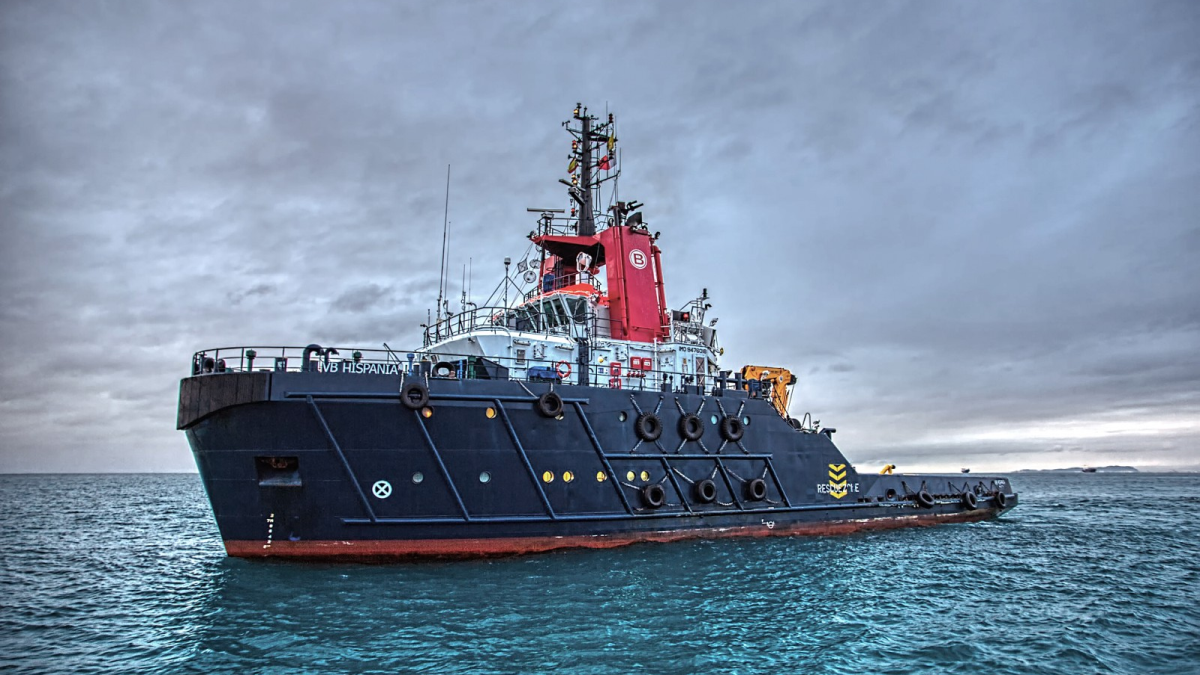Business Sectors
Events
Contents
Register to read more articles.
Accident report: forecast severe weather sinks tugboat causing US$2M damage
An emergency towline release in the wheelhouse of a towing vessel and better voyage planning could have prevented it capsizing and sinking in adverse weather conditions
Towing vessel Baylor J Tregre’s sinking on 13 May 2024 was due to severe weather in the Galveston area of Texas, which was forecast by the National Weather Service (NWS).
This 1997-built, 20-m tugboat, owned by Trinity Tugs, was towing barge Marmac 27 with cargo comprising of a newbuild production platform and helideck for Manson Construction Co from Houma, Louisiana, to Brazos area block 538A in the US Gulf.
On 13 May, it capsized and sank in stormy weather resulting in US$2M of damage and an injured seafarer, but no pollution. This could have been prevented if weather forecasts for severe thunderstorms and high winds were heeded and there was an emergency release of the towing line in the wheelhouse, according to accident investigators.
Baylor J Tregre listed to port, capsized and sank after winds intensified suddenly as the vessel transited at 4 knots. After attempting to navigate the towing vessel into the wind and get to the winch controls, the four-person crew abandoned the sinking vessel into a liferaft and were rescued by a US Coast Guard response boat.
US National Transportation Safety Board (NTSB) investigators discovered the force of the wind on the tow rapidly pushed the barge to the south of the Baylor J Tregre, causing the towline connected to the stern of the tugboat to essentially halt the tugboat’s forward motion and the vessel started to heel to port.
With the crew unable to change the tug’s heading or release the tow, the vessel continued to heel and capsize.
The NTSB determined “the probable cause of the capsizing and sinking of Baylor J Tregre was the mate’s inability to manoeuvre the tow into the wind due to the overwhelming towline force generated by the towed barge during the sudden onset of severe weather, resulting in unrecoverable heeling.”
But there are questions as to why the tow continued when severe thunderstorms were forecast for the area, why the mate was in control of the tow at the time of the accident and why the towline could not be released.
“Releasing the tow could have reduced the risk of the vessel capsizing,” said the NTSB in its accident report.
“However, there was no emergency release function in the Baylor J Tregre wheelhouse, nor was one required. Instead, to release the towline, a crew member would need to start the winch engine in the upper engine room, and another crew member would need to operate the winch controls located in the doghouse, aft on the second deck.”
When Baylor J Tregre was listing to port, the mate attempted to reach the doghouse to release the tow, but the doghouse was inaccessible because it was partially submerged.
“Additionally, even if the mate could have reached the doghouse, the winch engine was not running, and the engineroom was inaccessible because the vessel was heeling so far to port,” said the NTSB.
Accident and salvage details
Crew climbed out of the wheelhouse through the starboard door because the port wheelhouse door was almost in the water. “The sea state worsened, with 6-ft to 7-ft seas, and the vessel continued to sink by the stern with a heavy port list. After a wave blew the wheelhouse windows out, the vessel sank,” the NTSB described in its report.
On 15 May, the tow wire connecting the Marmac 27 to sunken Baylor J Tregre was cut, and the loaded barge was towed to Freeport, Texas.
During salvage operations between 18 May and 15 June, Baylor J Tregre was found in an inverted position on the sea floor. It was successfully raised and transported to a salvage dock in Galveston on 12 June.
In its report, the NTSB said the NWS sent out multiple weather warnings and forecasts including at 1257 for severe thunderstorms in southwest Louisiana, southeast Texas, and coastal waters. At 1501, the NWS issued a special marine warning, applicable to coastal waters near Galveston, including Baylor J Tregre’s route, for severe thunderstorms capable of wind gusts to 40 knots, large hail and frequent lightning. This warning advised mariners to “move to safe harbour until hazardous weather passes.”
On Baylor J Tregre, crew received daily weather reports from Trinity Tugs shoreside staff and monitored VHF radio for marine weather broadcasts.
According to the mate, the forecast for that day included a chance of thunderstorms throughout the day into the evening. “He stated that the daily weather report forecast matched the weather report he had heard over VHF radio,” said the NTSB.
The mate was in the wheelhouse managing navigation with the captain in his stateroom at the time of the listing to port. At around 1647 to 1650, high winds slowed Baylor J Tregre progress to 1.8 knots, according to automatic identification system (AIS) data, and the anemometer display in the wheelhouse indicated a wind velocity of 45 knots.
In the report, NTSB said the mate attempted to steer Baylor J Tregre into the wind, but then lost sight of the barge in a hailstorm. He then called the captain who arrived quickly and saw the main deck stern bulwarks were underwater.
By 1654, the vessel’s speed had dropped to 0.6 knots, according to AIS and estimated wind speeds were about 85–100 mph, about 74–87 knots.
The mate told investigators, “I think it was a waterspout; it took the barge and brought it around to the side of us and the towline and the barge pulled us over.” The mate then sounded the general alarm and crew tried to get to the doghouse on deck to release the tow, but it was under water.
The mate stated he could not use the tow winch to pull in the tow because the winch was controlled from the doghouse, and the tow winch drive engine, located in the upper engine room, would need to be started, which was impossible due to water ingress.
The 28th International Tug & Salvage Convention, Exhibition & Awards will be held in Gothenburg, Sweden, 19-21 May 2026. Use this link for more details of this industry event and the associated social and networking opportunities.
Related to this Story
Events
Offshore Support Journal Conference, Americas 2025
LNG Shipping & Terminals Conference 2025
Vessel Optimisation Webinar Week
© 2024 Riviera Maritime Media Ltd.


